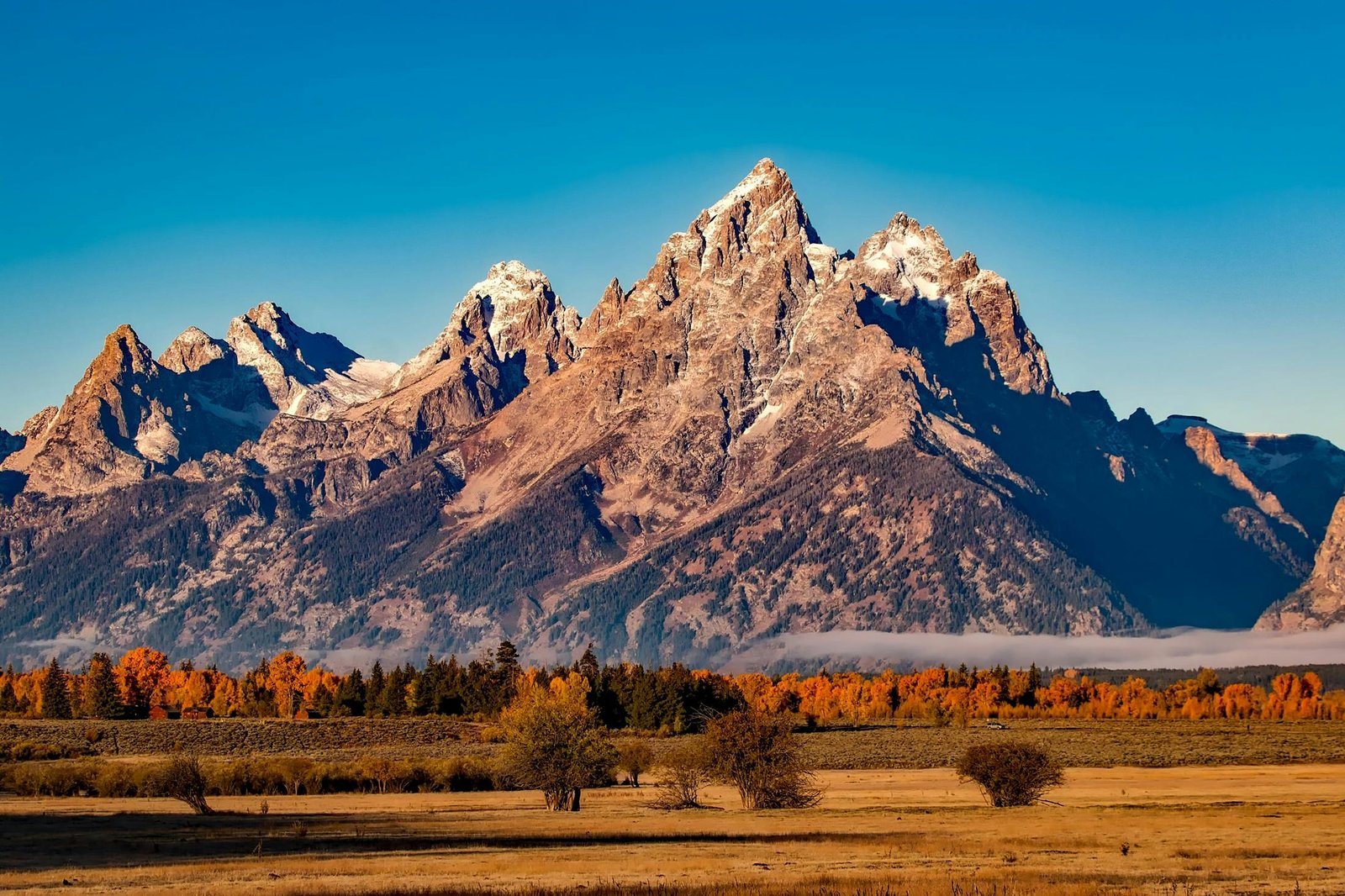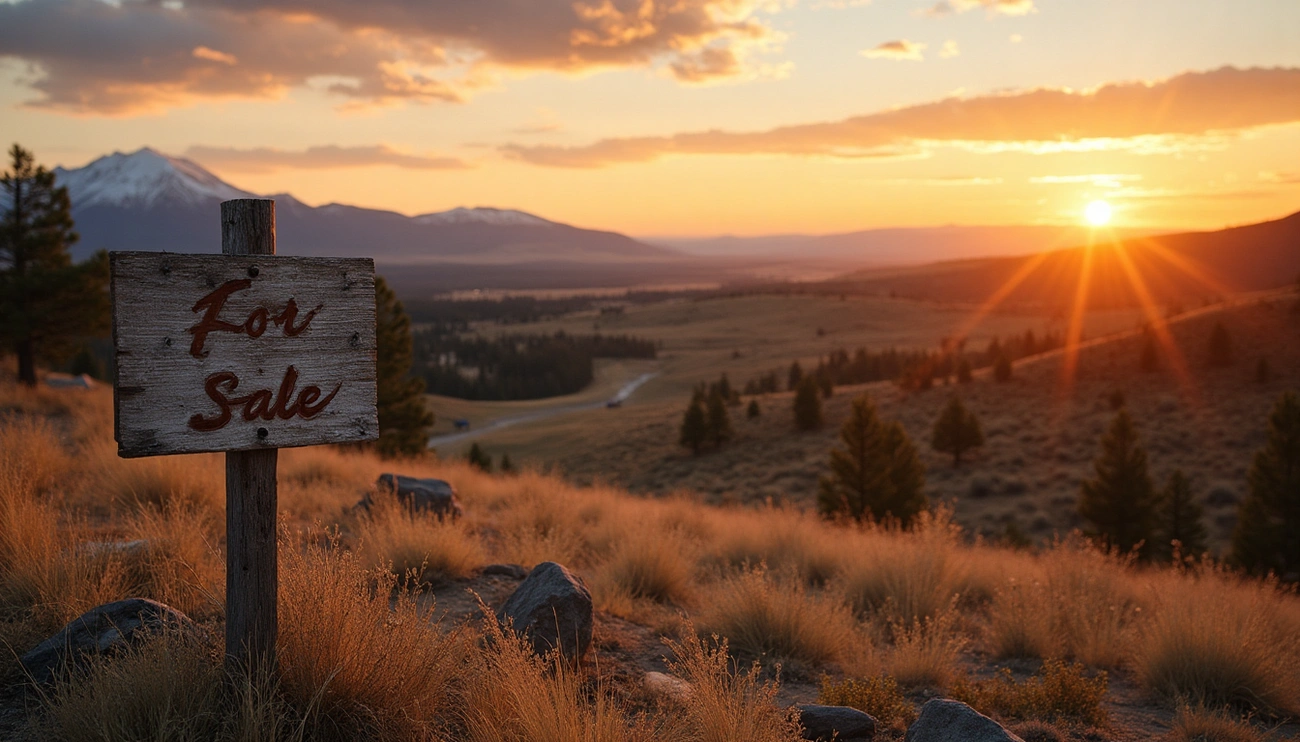Wyoming’s soul resides in its vast, untamed landscapes, its abundant wildlife, and the rugged independence of its spirit. But this very essence, the magnetic draw for visitors and new residents alike, is facing unprecedented pressure. As popularity surges, the state confronts an urgent truth: only a decisive shift towards sustainable tourism can protect the wild heart that defines it.
The allure of Wyoming is undeniable. In recent years, driven by a quest for open space, natural beauty showcased vividly online, and new remote work flexibility, the state has experienced a dramatic influx of attention. Iconic destinations like Yellowstone and Grand Teton National Parks, alongside state lands and gateway communities such as Jackson Hole, are witnessing record or near-record visitation. While this brings economic activity, the sheer volume and current patterns of use are straining the fabric of the state, prompting serious questions about the long-term consequences for Wyoming’s unique identity.
The Soul at Stake: When Popularity Erodes Identity
The impacts of this boom extend far beyond crowded parking lots. They strike at the core of what makes Wyoming special:
- Diminished Wildness: Increased human presence disrupts sensitive wildlife habitats, leading to altered animal behaviors, habituation, and rising human-wildlife conflicts. This chips away at the authentic wildness that is central to the Wyoming experience.
- Degraded Landscapes: Popular trails erode, fragile ecosystems are trampled, and waste management struggles to keep up. This physical degradation mars the natural beauty and ecological health that underpins the state’s appeal.
- Strained Infrastructure and Communities: Roads, facilities, and local services in gateway towns are often overwhelmed, impacting resident quality of life and potentially diluting the unique character of these communities under the pressure of rapid, tourism-focused change.
- Erosion of Solitude: The sheer number of visitors in accessible areas can diminish the sense of solitude, remoteness, and personal connection with nature that many seek in Wyoming, altering the visitor experience itself.
These aren’t just logistical problems; they represent a potential erosion of the state’s “soul”—the very qualities that attract people in the first place.
Defining Sustainable Tourism for Wyoming
The antidote to being “loved to death” is not closing the gates, but fundamentally rethinking how tourism operates. Sustainable tourism, in the Wyoming context, means managing visitation and development in a way that:
- Prioritizes Ecological Health: Minimizes environmental footprints, actively protects biodiversity and wildlife corridors, and ensures the long-term health of landscapes.
- Supports Thriving Communities: Benefits local economies authentically, respects local culture, involves residents in planning, and helps maintain community character, rather than overwhelming it.
- Preserves Quality Experiences: Focuses on the quality of the visitor experience—emphasizing education, stewardship, and connection—rather than merely maximizing visitor numbers.
- Requires Shared Responsibility: Engages visitors, businesses, and agencies in a collective effort towards conservation and mindful travel.
Sustainable tourism in the Wyoming context requires a perspective that extends well beyond foundational ethics like Leave No Trace, although such principles remain vital. It demands a holistic approach ensuring that tourism activities support, rather than deplete, the irreplaceable natural and cultural resources defining the state. This necessitates proactive planning and strategic management.
The Urgency Cannot Be Overstated
The call for sustainable tourism is not a future ideal; it is an urgent necessity for Wyoming today. Waiting carries significant risks:
- Ecological Tipping Points: Continued pressure could lead to irreversible damage in sensitive ecosystems.
- Permanent Wildlife Changes: Habituation and habitat avoidance patterns can become entrenched, permanently altering the natural balance.
- Loss of Character: The unique charm and identity of Wyoming’s communities can be irrevocably changed by unmanaged growth.
- Diminishing Returns: If the qualities that define Wyoming’s soul are degraded, its long-term appeal to visitors and residents alike will inevitably decline.
Action is needed now to shift the trajectory before the very attributes being sought are lost.
Pathways to a Sustainable Future
Achieving sustainable tourism requires a multi-pronged approach, moving beyond discussion to implementation:
- Smart Management Strategies: Utilizing tools like timed-entry systems, permit requirements for high-use areas, and investing in data collection to understand and manage visitor flow effectively.
- Infrastructure Investment: Developing and upgrading infrastructure (trails, sanitation, transportation) with sustainability and durability in mind, designed to minimize impact.
- Robust Visitor Education: Expanding educational outreach that goes beyond basic rules to foster a deeper sense of stewardship and responsibility among visitors before and during their trips.
- Promoting Dispersal: Actively encouraging visitation to lesser-known areas capable of handling more use, while ensuring these areas are also managed sustainably.
- Supporting Sustainable Businesses: Incentivizing and promoting tourism operators, lodging facilities, and restaurants that adhere to high environmental and community standards.
- Community-Led Planning: Ensuring local communities have a strong voice in tourism planning and management decisions affecting their areas.
A Collective Responsibility for Wyoming’s Future
Protecting Wyoming’s soul is not solely the job of state agencies or conservation groups. It is a shared responsibility. It requires a conscious choice by visitors to travel thoughtfully, minimize their impact, and respect the wildness and communities they encounter. It requires businesses to prioritize long-term health over short-term gains. It requires continued commitment from policymakers and residents to champion and invest in a sustainable future.
The decisions made today will determine whether Wyoming’s magnificent natural and cultural heritage endures, or whether its soul is gradually eroded by unsustainable pressures. Embracing sustainable tourism is the urgent, necessary path to ensure the heart of Wyoming continues to beat strong for generations to come.

How can visitors, businesses, and residents better contribute to sustainable tourism in Wyoming? Share your ideas for protecting the state’s unique character.




